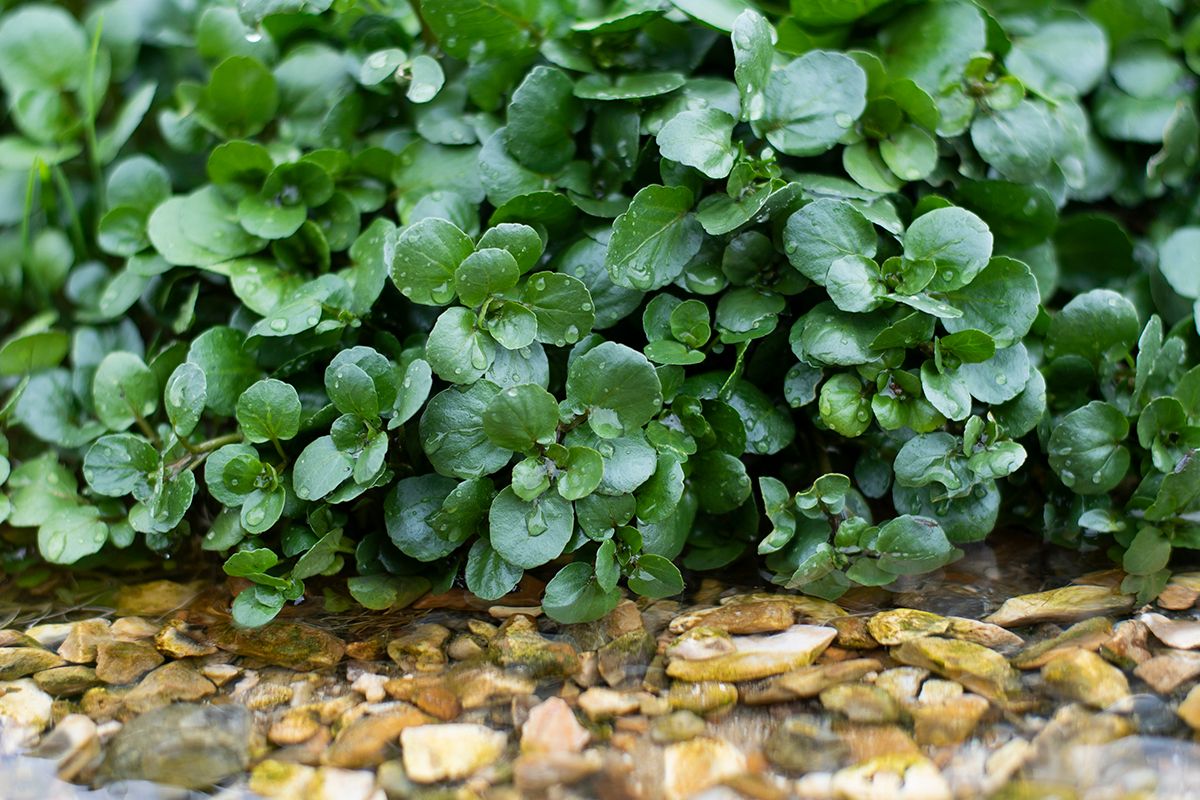
Watercress might seem like just another leafy green, but it packs a punch in both flavor and nutrition. Did you know that watercress is one of the oldest known leaf vegetables consumed by humans? This peppery plant, often found in salads and sandwiches, has a rich history and numerous health benefits. Watercress is loaded with vitamins A, C, and K, making it a powerhouse for boosting immunity and bone health. It's also known for its potential cancer-fighting properties due to its high levels of antioxidants. Whether you're a foodie, a health nut, or just curious, these 26 facts about watercress will surely surprise you. Dive in and discover why this humble green deserves a spot on your plate!
What is Watercress?
Watercress is a leafy green vegetable often found in salads and soups. Known for its peppery flavor, this plant is packed with nutrients. Let's dive into some fascinating facts about watercress.
-
Watercress belongs to the Brassicaceae family, which includes mustard, radish, and wasabi.
-
This plant thrives in water, making it an aquatic or semi-aquatic perennial.
-
Ancient Romans and Greeks used watercress for medicinal purposes, believing it could treat various ailments.
-
Watercress is one of the oldest known leaf vegetables consumed by humans.
Nutritional Powerhouse
Watercress is not just tasty; it's incredibly nutritious. Here are some facts about its health benefits.
-
Watercress is rich in vitamins A, C, and K, essential for vision, immune function, and blood clotting.
-
It contains high levels of antioxidants, which help combat free radicals in the body.
-
This leafy green is an excellent source of calcium, promoting strong bones and teeth.
-
Watercress has more vitamin C than an orange, making it a powerful immune booster.
Culinary Uses
Watercress can be used in various dishes, adding a unique flavor and nutritional boost. Let's explore its culinary versatility.
-
Watercress is often used in salads, adding a peppery kick to the mix.
-
It can be blended into smoothies for an extra dose of nutrients.
-
This green is a popular ingredient in soups, especially in Asian cuisine.
-
Watercress can be used as a garnish, adding both flavor and visual appeal to dishes.
Growing Watercress
Interested in growing your own watercress? Here are some facts to get you started.
-
Watercress can be grown in water or soil, making it versatile for different gardening setups.
-
It prefers cool, shady environments and can be grown indoors or outdoors.
-
This plant grows quickly, often ready for harvest in just a few weeks.
-
Watercress can be propagated from cuttings, making it easy to expand your garden.
Environmental Impact
Watercress has a relatively low environmental impact compared to other crops. Here are some reasons why.
-
Watercress requires less water than many other vegetables, making it a sustainable choice.
-
It can be grown in small spaces, reducing the need for large agricultural areas.
-
This plant helps improve water quality by absorbing nutrients and pollutants.
-
Watercress farming can support local ecosystems by providing habitats for aquatic life.
Fun Facts
Let's wrap up with some fun and quirky facts about watercress.
-
Watercress was a staple in the diet of British soldiers during World War II.
-
The town of Alresford in Hampshire, England, is known as the "Watercress Capital of the World."
-
Watercress has been used in traditional medicine to treat everything from coughs to digestive issues.
-
In some cultures, watercress is believed to have aphrodisiac properties.
-
The plant's scientific name, Nasturtium officinale, comes from the Latin words for "nose-twister," referring to its pungent aroma.
-
Watercress was once considered a weed before its nutritional value was recognized.
Watercress: A Nutrient Powerhouse
Watercress isn't just another leafy green. Packed with vitamins A, C, and K, it offers a significant boost to your immune system and bone health. Its peppery flavor makes it a versatile addition to salads, soups, and sandwiches. Beyond taste, watercress is known for its antioxidant properties, which help combat oxidative stress and inflammation. Including it in your diet can support heart health, improve digestion, and even enhance skin quality.
This humble plant has a rich history, once considered a staple in the diets of ancient civilizations. Today, it's gaining recognition for its nutritional benefits and culinary versatility. Whether you're a health enthusiast or just looking to add some zest to your meals, watercress is a fantastic choice. So next time you're at the grocery store, grab a bunch and enjoy the myriad benefits this superfood has to offer.
Was this page helpful?
Our commitment to delivering trustworthy and engaging content is at the heart of what we do. Each fact on our site is contributed by real users like you, bringing a wealth of diverse insights and information. To ensure the highest standards of accuracy and reliability, our dedicated editors meticulously review each submission. This process guarantees that the facts we share are not only fascinating but also credible. Trust in our commitment to quality and authenticity as you explore and learn with us.
